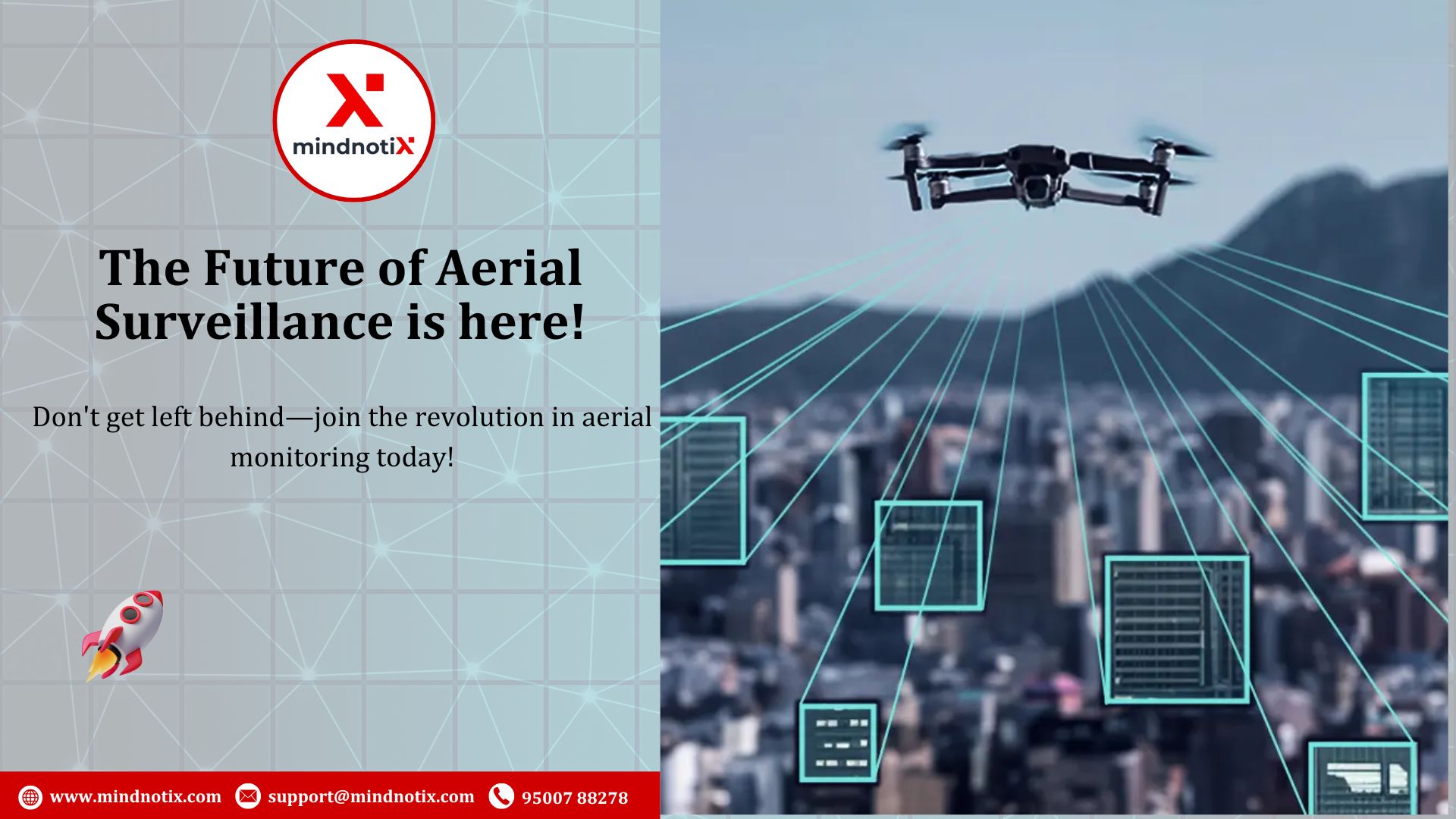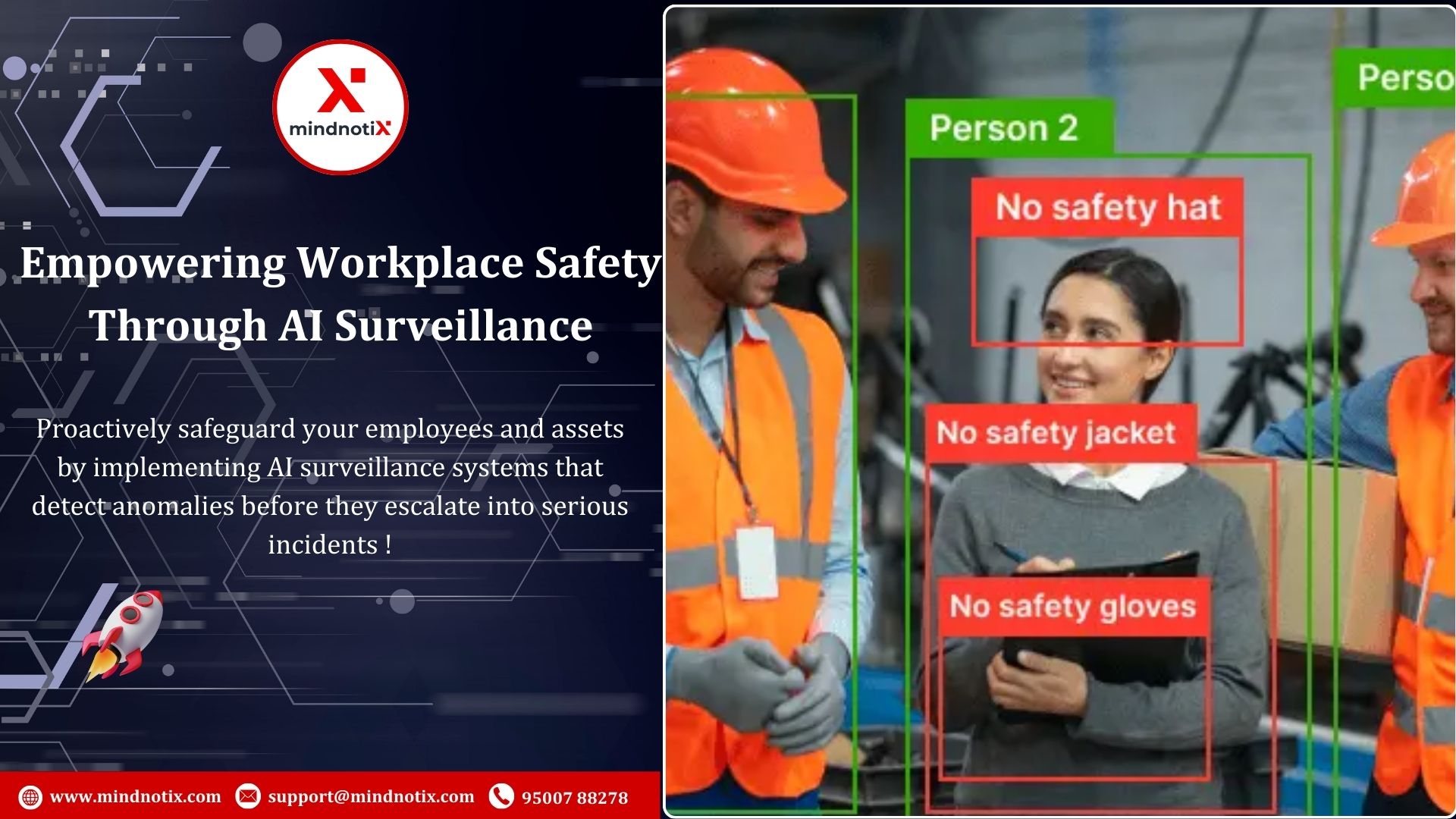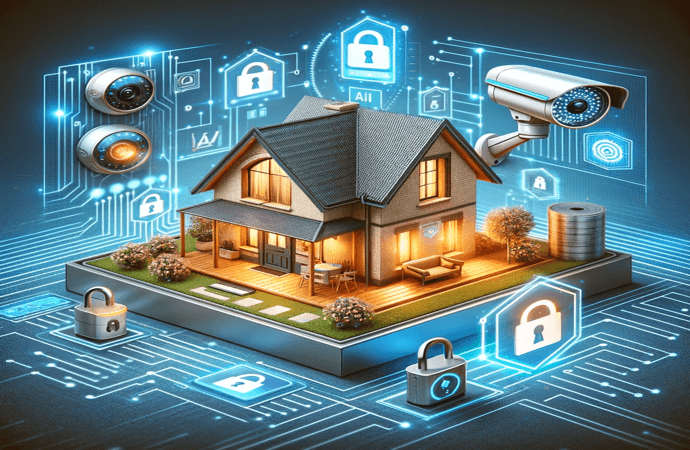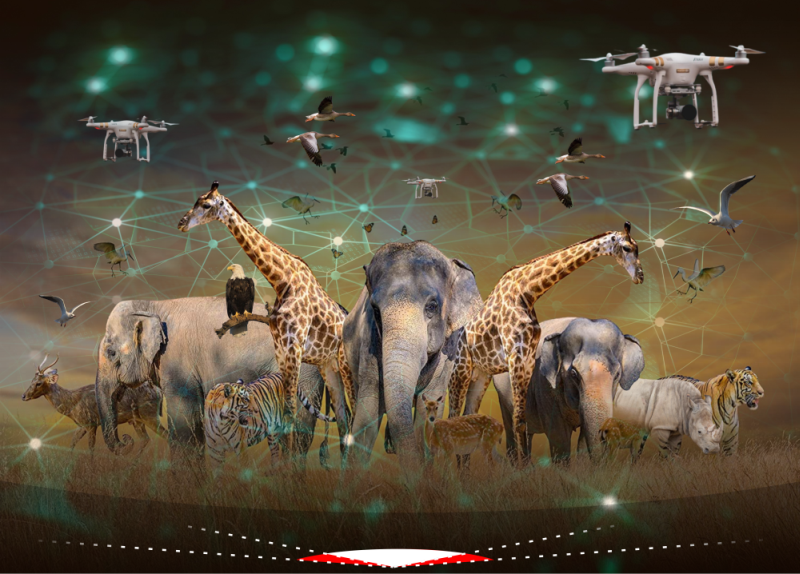The physical and digital worlds are no longer isolated realms. Consumers crave seamless experiences that weave between both, blurring the lines and creating something entirely new: phygital experiences. And in this exciting convergence, Augmented Reality (AR) takes center stage.
Phygital is yet another word coined to describe an omnichannel experience by blurring the line between physical and virtual worlds created to provide customers with immersive experiences that create lasting impressions. Just a few years ago, people preferred visiting physical stores to do shopping. But today, the tides have changed and retailers now prefer the omnichannel approach and have embraced the phygital experience.
According to Wikitude, more than 40% of consumers prefer immersive experiences during shopping and to provide the phygital experience, retailers now use virtual reality and augmented reality technologies.
What are phygital experiences
Imagine trying on clothes without stepping foot in a store, virtually placing furniture in your living room before buying it, or exploring an art installation that comes alive with digital overlays. These are just a glimpse into the immersive world of phygital experiences, where physical and digital elements combine to create something richer, more interactive, and engaging than either could alone.
Why is AR the perfect tool for phygital experiences
AR's superpower lies in its ability to overlay digital information onto the real world in real-time. This opens up a treasure trove of possibilities for creating impactful phygital experiences:
Enhanced product visualization: Imagine trying on clothes or makeup virtually, seeing furniture come to life in your own space, or visualizing how a new appliance would look in your kitchen. AR makes it all possible, boosting product engagement and conversion rates.
Gamified shopping experiences: Treasure hunts in physical stores using AR clues, interactive product displays, or even personalized AR-powered shopping assistants can turn shopping into a fun and engaging adventure.
Interactive storytelling: Museums and art galleries can come alive with AR overlays that tell stories, reveal hidden details, or even transport visitors to different times and places. AR breathes life into static exhibits, creating unforgettable experiences.
Educational and informative overlays: Imagine historical landmarks revealing their past through AR overlays, or complex scientific concepts being brought to life through interactive AR visuals. AR can transform learning into an immersive and engaging experience.
Role of Augmented Reality in Phygital Experience
Immersive technologies like AR and VR are the core of phygital experiences. By utilizing these technologies, they can form impressions that can create an attachment to the product, leading to more sales. Many businesses already use augmented reality technology to provide phygital experience for customers through various channels.
Examples of Phygital Experiences
Years back when AR was in its early stage, IKEA launched the IKEA Place app which uses AR technology that allows users to virtually place furniture in their own physical space to check if it fits. This ensures the user is satisfied before proceeding with the purchase.
Almost all of Nike’s physical outlets are now equipped with AR solutions to provide phygital experiences. By just scanning the QR codes, the customers can access detailed information about the products and even know any current ongoing offers associated with the products. Also, Nike has now adopted AR into their marketing campaigns to generate curiosity among their users.
BMW has an AR app that allows customers to style their cars with the colors of their choice at the comfort of their homes. Along with it, the app also allows the customers to experience driving the cars.
Adidas launched their AR app years ago to give their customers a closer immersive look into their sneakers, and seasonal fashion releases in the comfort of their homes.
The benefits of phygital experiences with AR
Increased customer engagement: AR injects a layer of interactivity and fun into physical experiences, keeping customers engaged and coming back for more.
Boosts brand loyalty
Phygital experiences create memorable and emotional connections with customers, fostering deeper brand loyalty.
Improved sales and conversions
AR's ability to visualize products and enhance decision-making leads to higher conversion rates and increased sales.
Data-driven insights
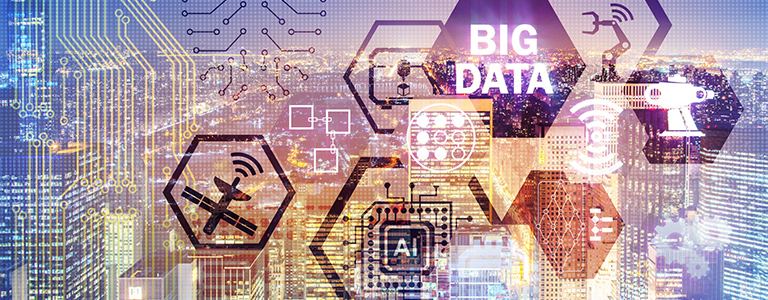
AR experiences can track user interactions and engagement, providing valuable data for businesses to personalize experiences and optimize marketing efforts.
The future of phygital experiences with AR:
As AR technology continues to evolve, the possibilities for phygital experiences become even more boundless. We can expect to see advancements in areas like:
Haptic feedback: AR experiences that incorporate touch and feeling will further blur the lines between physical and digital, creating even more immersive interactions.
Location-based AR: AR experiences that are triggered by specific locations or landmarks will add another layer of interactivity and discovery to the physical world.
AI-powered personalization
AR experiences that adapt to individual preferences and behaviors will create truly personalized and engaging interactions.
Ready to create your own phygital experience with AR?
With its ability to bridge the gap between the physical and digital worlds, AR is at the forefront of creating innovative and engaging phygital experiences. So, unleash your creativity, explore the possibilities, and get ready to shape the future of how we interact with the world around us.
For more information contact : support@mindnotix.com
Mindnotix Software Development Company


 AI-Taxi App
AI-Taxi App AI-Food App
AI-Food App AI-Property Mgmt App
AI-Property Mgmt App AI-CRM
AI-CRM AI-Fantasy App
AI-Fantasy App
 Web Development
Web Development App Development
App Development Business & Startup
Business & Startup Hire Developer
Hire Developer
 Digital Marketing
Digital Marketing Lead-generation
Lead-generation Creative Agency
Creative Agency Branding Agency
Branding Agency Augmented Reality
Augmented Reality Virtual Reality
Virtual Reality Internet of Things
Internet of Things Artificial Intelligence
Artificial Intelligence Blockchain
Blockchain Chatbot
Chatbot

